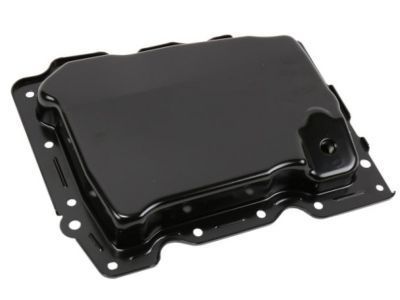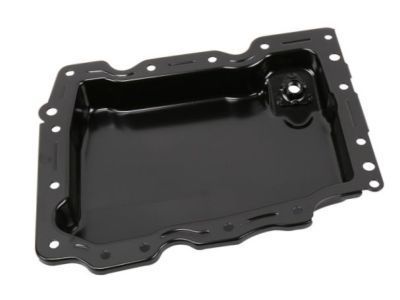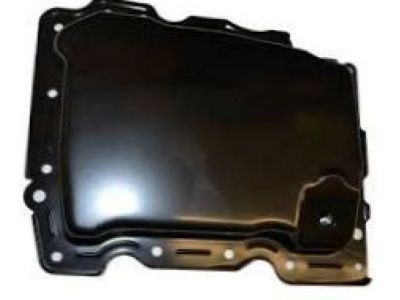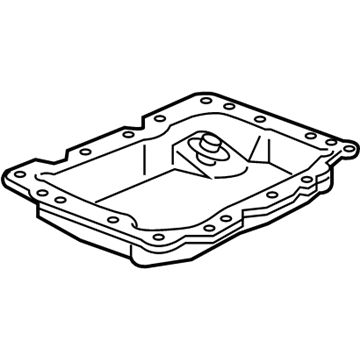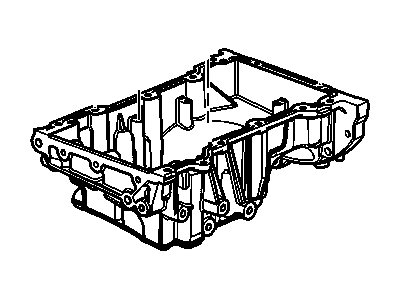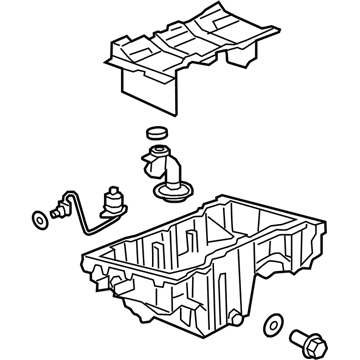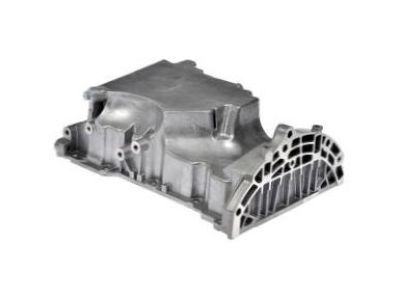
My Garage
My Account
Cart
Genuine Chevrolet Traverse Oil Pan
Oil Drain Pan- Select Vehicle by Model
- Select Vehicle by VIN
Select Vehicle by Model
orMake
Model
Year
Select Vehicle by VIN
For the most accurate results, select vehicle by your VIN (Vehicle Identification Number).
6 Oil Pans found
Chevrolet Traverse Pan, Lower Oil
Part Number: 12676340$28.33 MSRP: $46.87You Save: $18.54 (40%)Ships in 1-2 Business DaysChevrolet Traverse Pan Assembly, Oil
Part Number: 12666371$186.41 MSRP: $297.31You Save: $110.90 (38%)Ships in 1-2 Business DaysChevrolet Traverse Pan Assembly, Oil
Part Number: 12716568$1096.70 MSRP: $1645.19You Save: $548.49 (34%)Ships in 1-2 Business DaysChevrolet Traverse PAN ASM,OIL
Part Number: 28289985$114.99 MSRP: $183.36You Save: $68.37 (38%)Ships in 1-3 Business DaysChevrolet Traverse PAN ASM-OIL
Part Number: 12731979$45.07 MSRP: $74.59You Save: $29.52 (40%)Ships in 1-2 Business DaysChevrolet Traverse Pan Assembly, Oil
Part Number: 12666374$178.21 MSRP: $281.67You Save: $103.46 (37%)
Chevrolet Traverse Oil Pan
Chevrolet Traverse Oil Pan is one of the components that are used in engineering the Lubrication System of the vehicle; it holds the required oil for efficient operation of the vehicle's engine. Located below the engine the oil pan holds oil and makes certain that all moving parts in the engine are adequately lubricated. Almost all Chevrolet Traverse cars have wet sump lubrication system whereby the oil pump pulls oil from the pan with the help of a pickup tube. Former engines used stamped steel as their oil pan but today's engines use cast aluminum to contain the reservoir. In summary, the oil pan as a critical component of the car, it ensures appropriate functioning and functionality of the engine and it also eliminates oil leakage.
Each OEM Chevrolet Traverse Oil Pan we offer is competitively priced and comes with the assurance of the manufacturer's warranty for the part. Furthermore, we guarantee the speedy delivery of your orders right to your doorstep. Our hassle-free return policy is also in place for your peace of mind.
Chevrolet Traverse Oil Pan Parts Questions & Experts Answers
- Q: How to remove and install an oil pan in an engine in 3.6L V6 engine on Chevrolet Traverse?A:The engine is removed with the removal of the engine, which is done by removing the oil pan, oil pump pickup and baffle, and generally cleaning of the oil pan for new gasket installation. This entails taking out the engine, removing the timing chain cover, and prying off the oil pan at specific points as well as unbolting oil pickup from underneath it taking off #3.The process involves removal of oil filter in addition to installing a new one after tightening all bolts on oil-pan.It's worth noting that this has been made possible through taking away various screws that hold the object firmly to its base and relocating it to another place. The old gasket material is carefully stripped off both the bottom surface of an engine block and top surface of an oil pan by using a lint-free cloth soaked in brake-system cleaner. Any crack or leak on it should also be checked while there must not be any obstruction at its base screen. The bolts that pass through into its bottom from underneath an oil pan should first install a new oil seal onto it before securing it with these bolts. The next thing to do is to install another part called a baffle inside the newly fixed oil-pan and tightly bolted down by eight fasteners; four on each side. Proper alignment can be achieved by creating aligning studs using MB x 1.25 mm bolts placed in assigned holes 1 & 2 for this purpose on this labeled piece of equipment. A thin layer (about 3 mm) of oxygen-sensor-safe RTV sealant should be spread over its upper mating face and at both ends where front and rear covers join an engine block.Consequently,tighten these bolts until they are snug.The aluminum bolt-on part gets attached before installation is finished by replacing old gaskets on top surfaces before tightening them up carefully.Therefore,you should put back in place all screws as their absence may lead to a destruction of the whole structure. To prevent crushing or damaging this component, take the following steps; remove all fasteners and then replace them after the filter has been changed. The remaining installation steps are executed in reverse order before installing a fresh oil filter and adding correct amount and type of oil as well as starting an engine for leaks-checking on it before returning a car into service.
